Tag: hemorrhage

Haemostatic Resuscitation in Trauma: The Next Generation
The next generation of haemostatic resuscitation aims at applying a ratio 1:1:1 driven strategy while using antifibrinolytics, haemostatic monitoring and avoiding critical fibrinogen deficiency by substitution. Mortality... read more
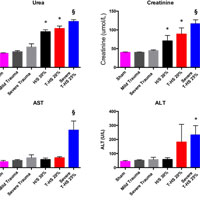
Scavenging Circulating Mitochondrial DNA as a Potential Therapeutic Option for Multiple Organ Dysfunction in Trauma Hemorrhage
Trauma is a leading cause of death worldwide with 5.8 million deaths occurring yearly. Almost 40% of trauma deaths are due to bleeding and occur in the first few hours after injury. Of the remaining severely injured patients... read more

Novel Oral Anticoagulants and Trauma
The number of anticoagulated trauma patients is increasing. Trauma patients on warfarin have been found to have poor outcomes, particularly after intracranial hemorrhage (ICH). However, the effect of novel oral anticoagulants... read more
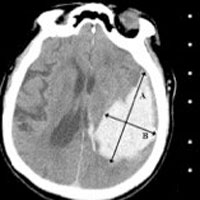
Emergency Management of Intracerebral Hemorrhage – The Golden Hour
There is a kind of self-fulfilling prognostic pessimism when it comes to Intracerebral Hemorrhage. And this pessimism sometimes leads to less than optimal care in patients who otherwise might have had a reasonably good outcome... read more
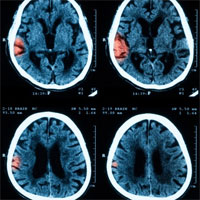
Guideline for Reversal of Antithrombotics in Intracranial Hemorrhage
This guideline provides timely, evidence-based reversal strategies to assist practitioners in the care of patients with antithrombotic-associated intracranial hemorrhage. Utilizing the GRADE methodology, the committee developed... read more

Hemorrhagic Shock: Pearls and Pitfalls for the Resuscitation Room
Hemorrhagic shock is a state of systemic hypoperfusion secondary to acute blood loss which may have either traumatic or atraumatic etiologies. While gastrointestinal and traumatic etiologies are some of the most common causes... read more

Early Hemorrhage Control and Management of Trauma-induced Coagulopathy
Trauma resuscitation should focus on early goal-directed therapy with use of viscoelastic hemostatic assays while initially applying a ratio 1:1:1 driven transfusion therapy (with red blood cells, plasma and platelets) in... read more
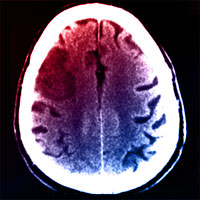
Cerebral Autoregulation in the Prediction of Delayed Cerebral Ischemia and Clinical Outcome in Poor-Grade Aneurysmal Subarachnoid Hemorrhage Patients
High initial pressure reactivity index, presumably reflecting early brain injury, but not oxygen reactivity index, was associated with delayed cerebral ischemia and worse clinical outcome in poor-grade subarachnoid hemorrhage... read more
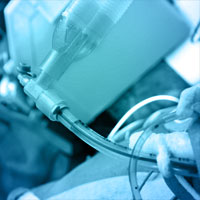
Treating Acid–Base Abnormalities in the ICU
Acidemia has both harmful and beneficial biological effects. Sodium bicarbonate is generally ineffective in raising pH when ventilation is limited, as in patients with ARDS. Even when alkalinizing agents can correct the pH,... read more

Effect of treatment delay on the effectiveness and safety of antifibrinolytics in acute severe hemorrhage
Antifibrinolytics reduce death from bleeding in trauma and post-partum haemorrhage. We examined the effect of treatment delay on the effectiveness of antifibrinolytics. We obtained data for 40,138 patients from two randomised... read more
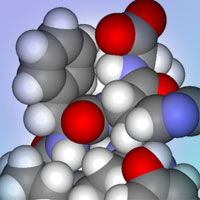
Clinical Experience With IV Angiotensin II Administration
Angiotensin II is an endogenous hormone with vasopressor and endocrine activities. This is a systematic review of the safety of IV angiotensin II. Adverse events associated with angiotensin II were infrequent; however, exacerbation... read more
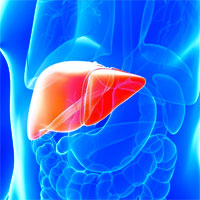
Protocol-based Invasive Intracranial Pressure Monitoring in Acute Liver Failure
Acute liver failure (ALF) may result in elevated intracranial pressure (ICP). While invasive ICP monitoring (IICPM) may have a role in ALF management, these patients are typically coagulopathic and at risk for intracranial... read more
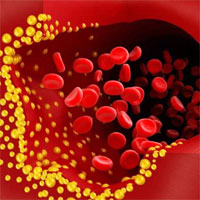
Low-volume Resuscitation with Normal Saline is Associated with Microvascular Endothelial Dysfunction After Hemorrhage
Low-volume resuscitation with normal saline is associated with microvascular endothelial dysfunction after hemorrhage in rats, compared to colloids and balanced crystalloids. Resuscitation with NS failed to inhibit syndecan-1... read more
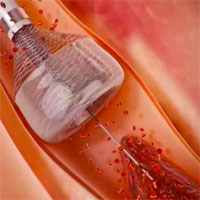
Mechanical Thrombectomy for Acute Ischemic Stroke
Coutinho et al have performed a timely post hoc analysis consisting of a patient population from 2 large, prospective, core laboratory–adjudicated trials: Solitaire With the Intention for Thrombectomy (SWIFT) and Solitaire... read more








